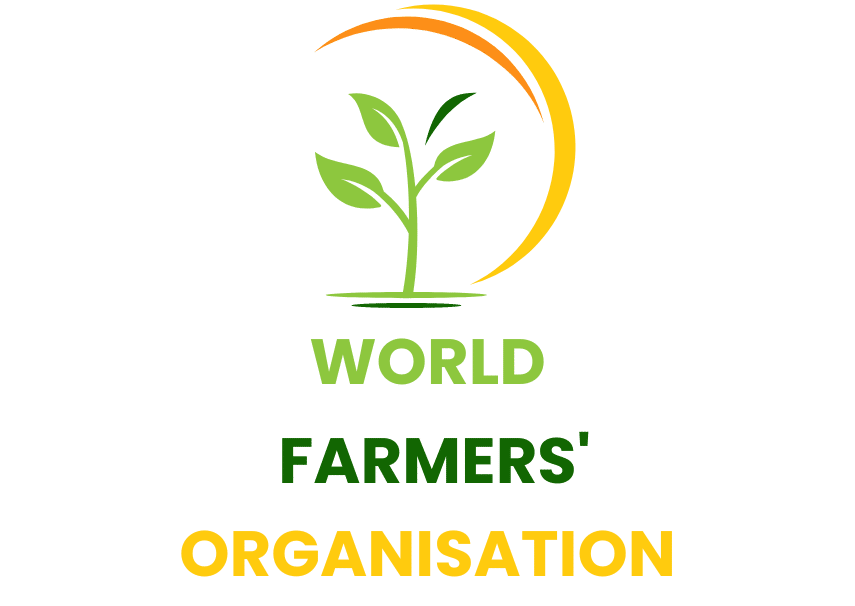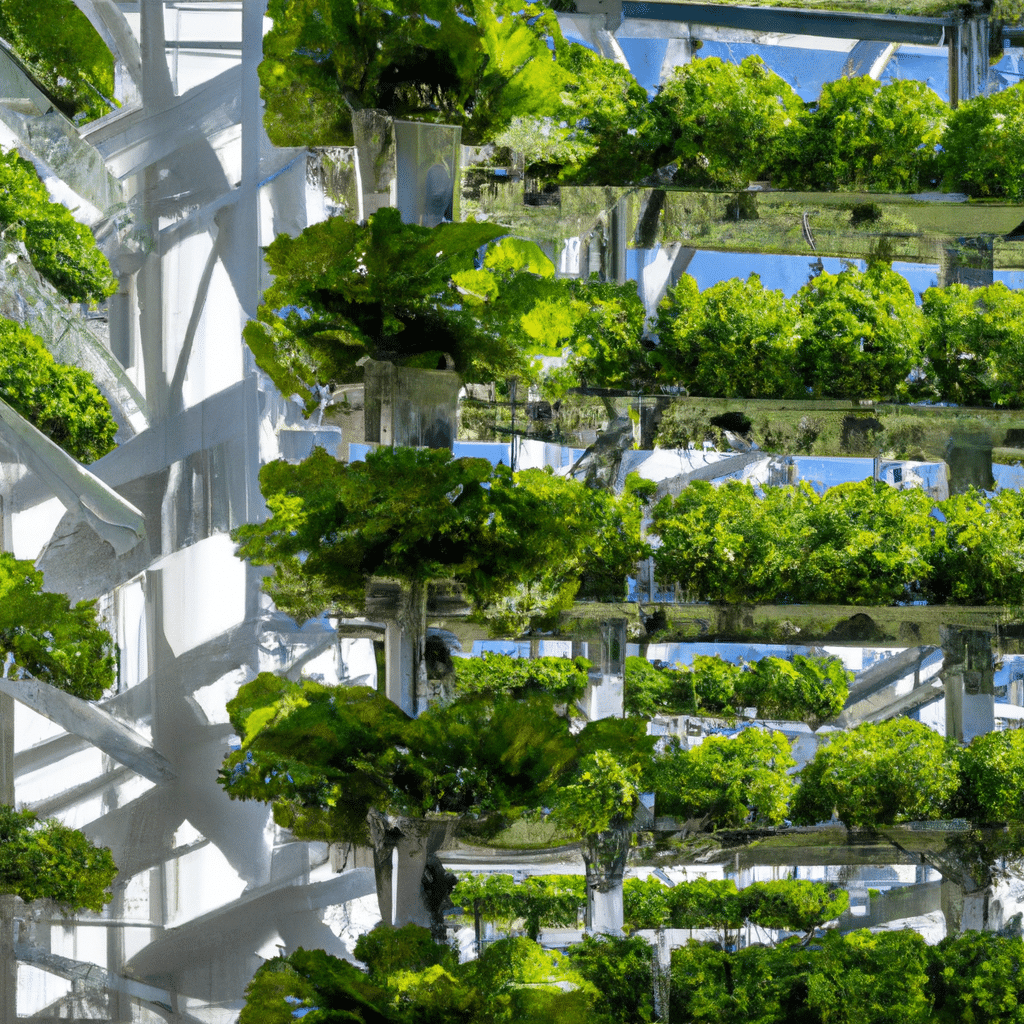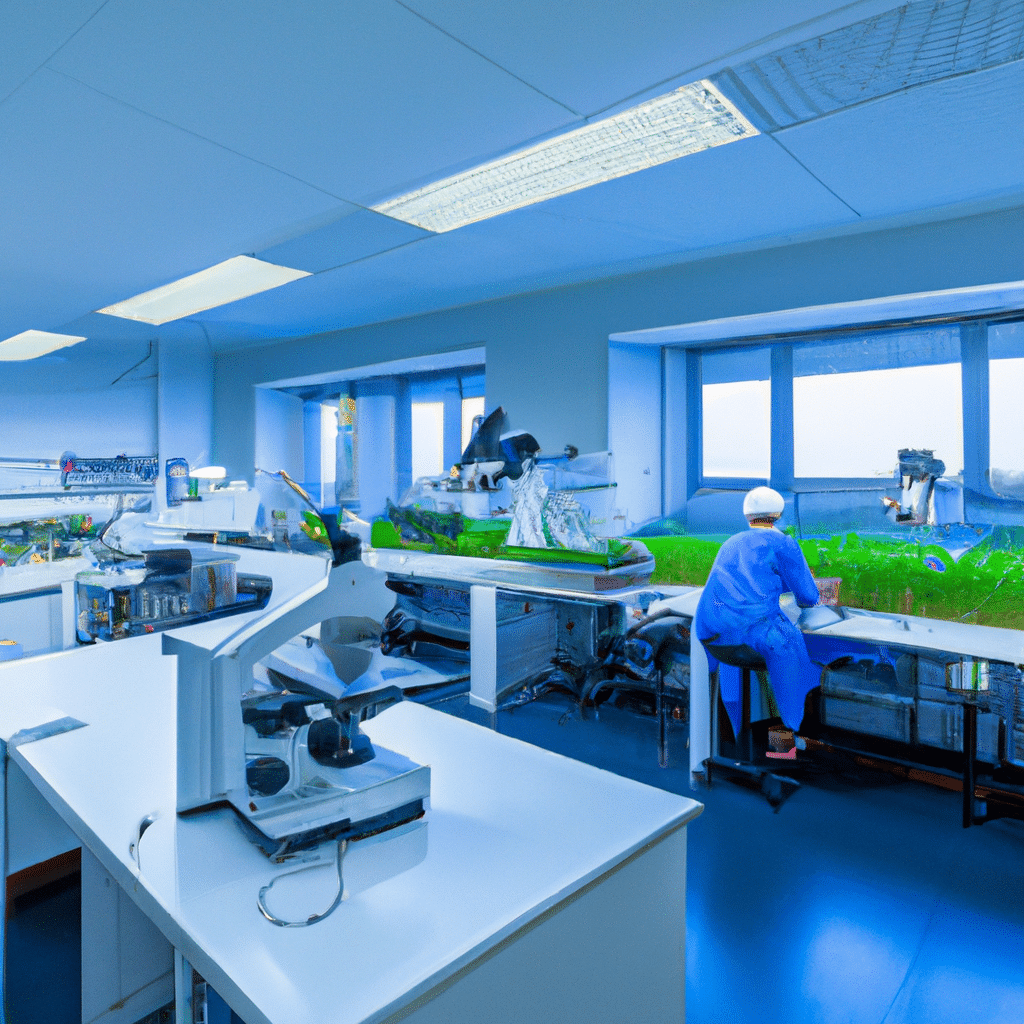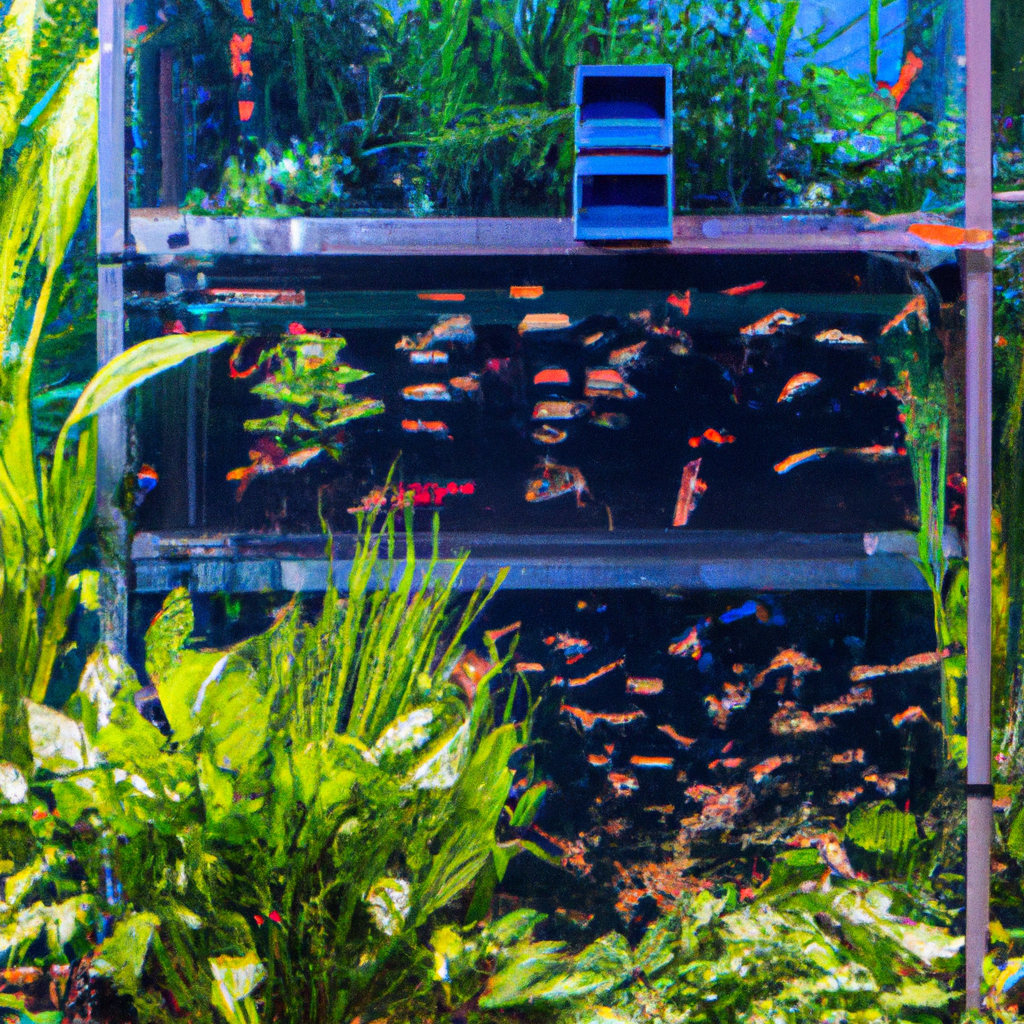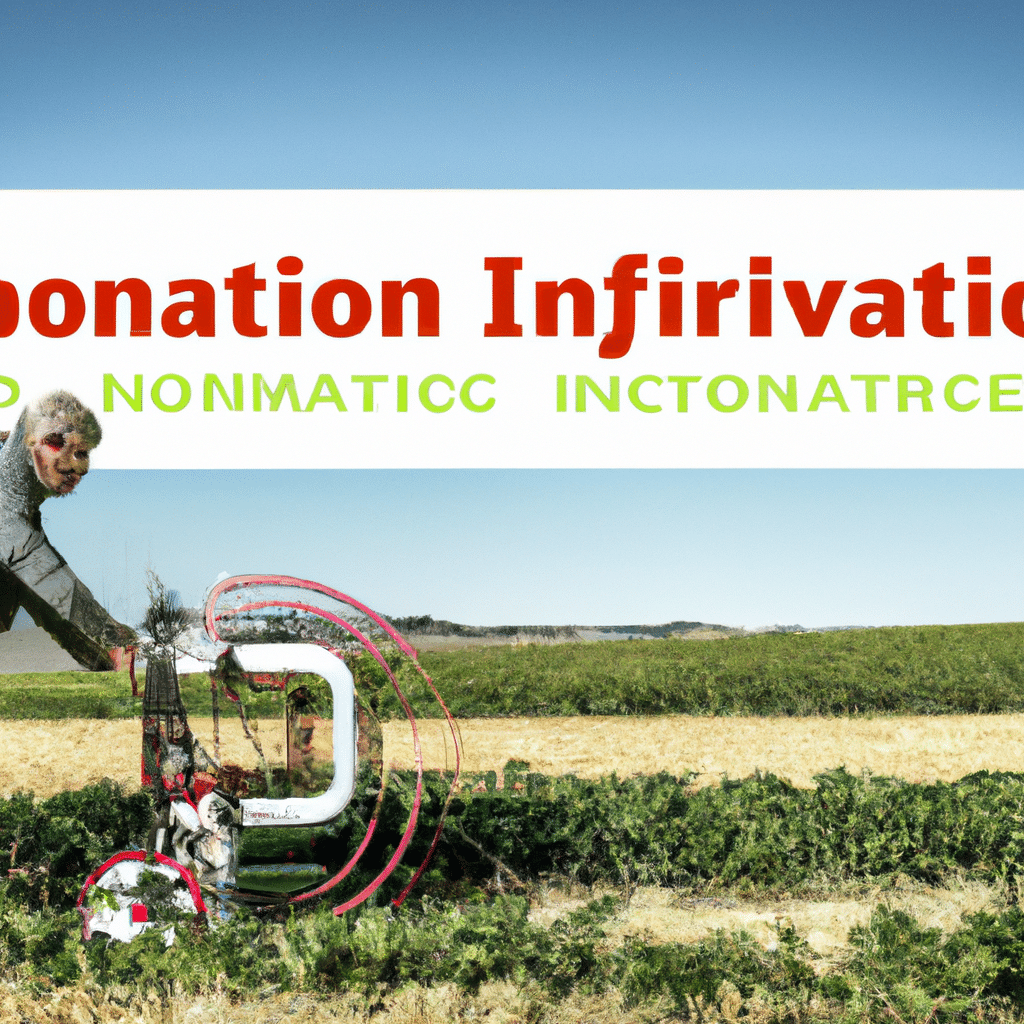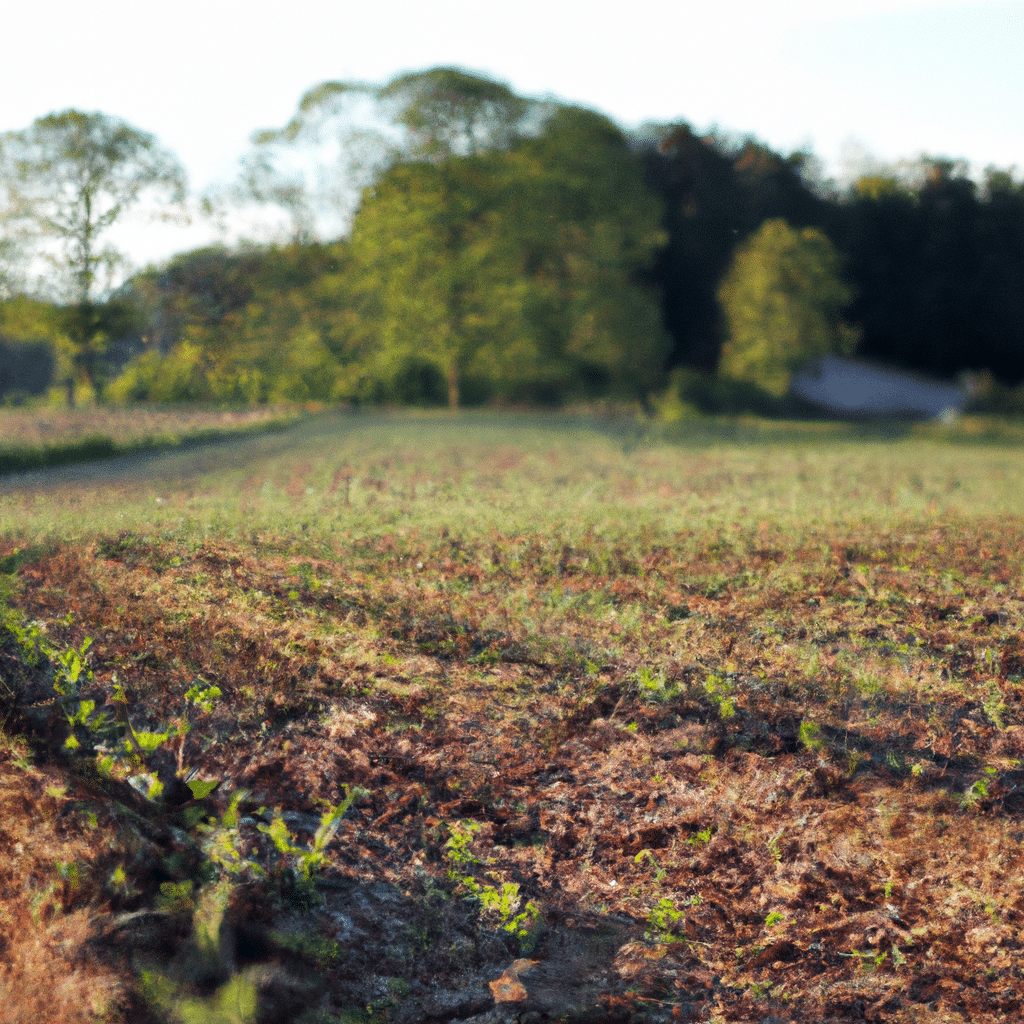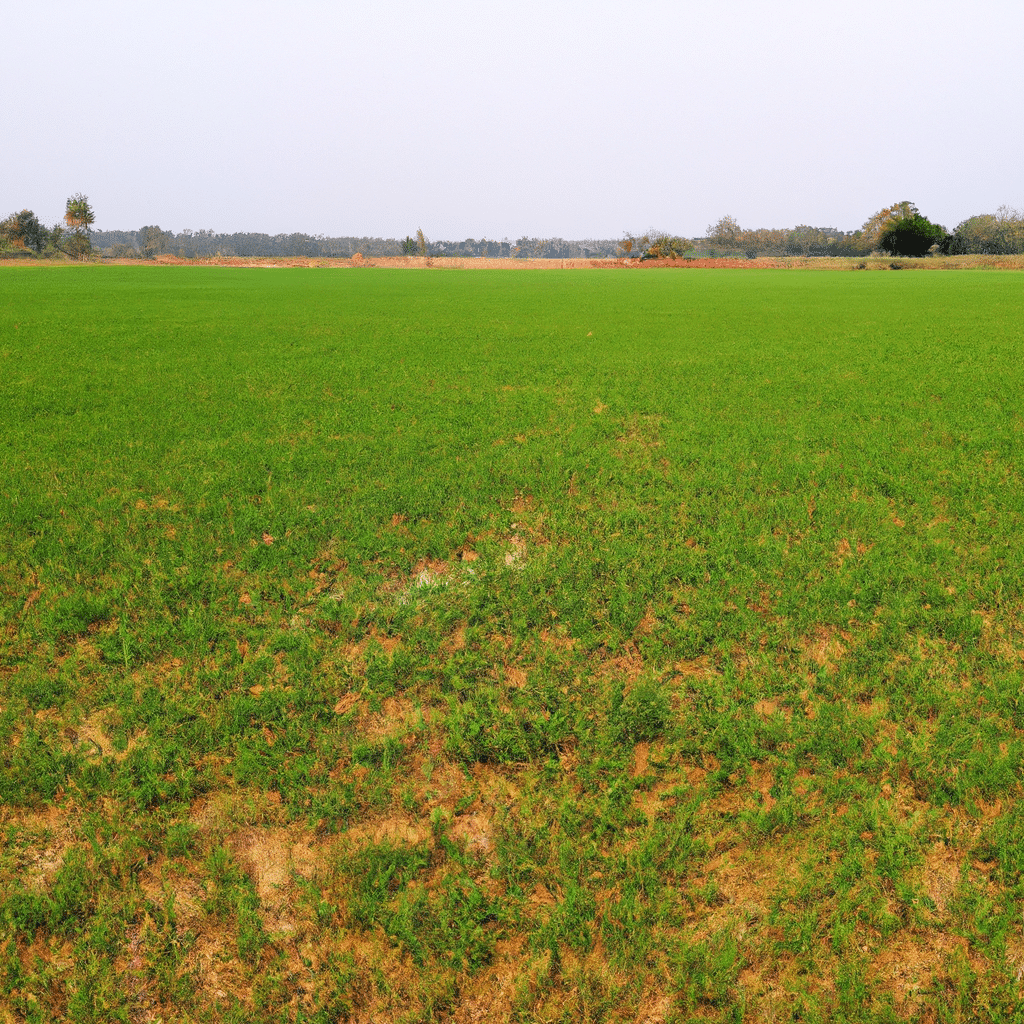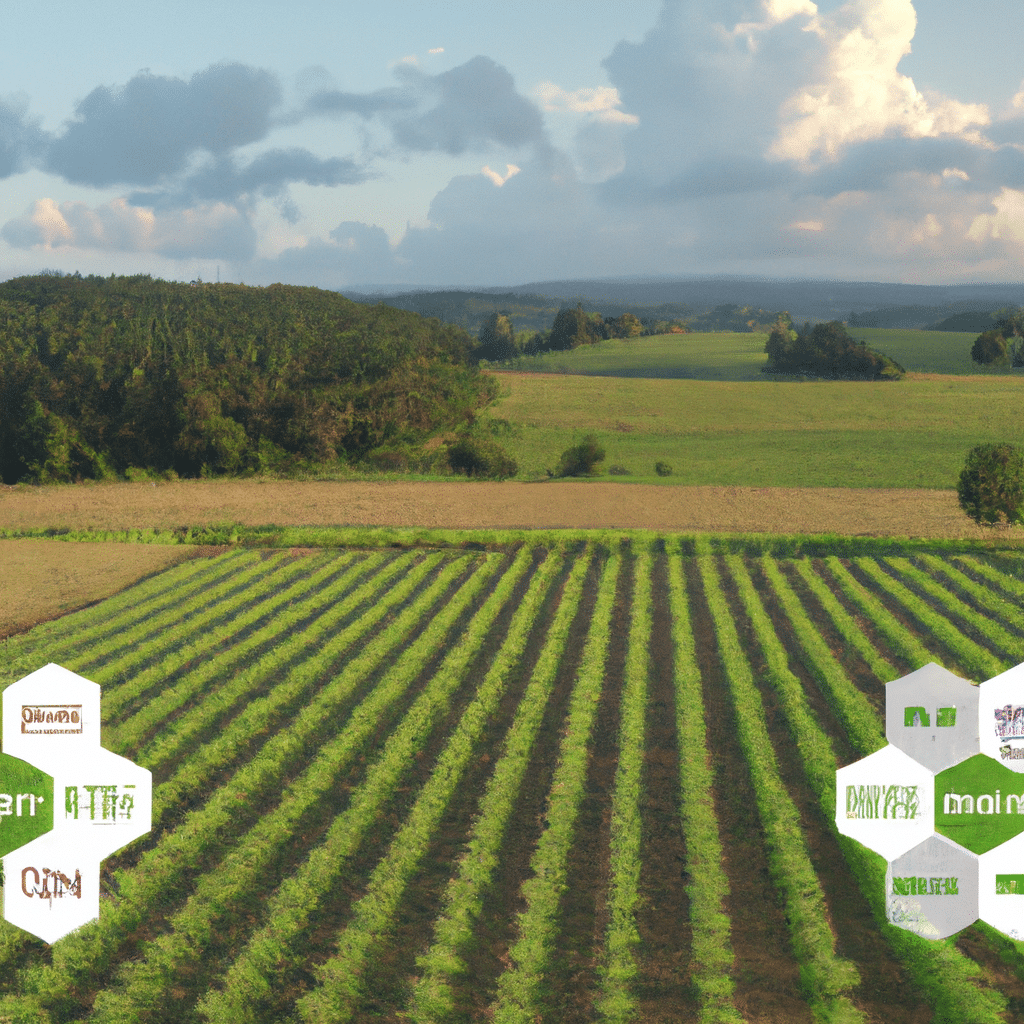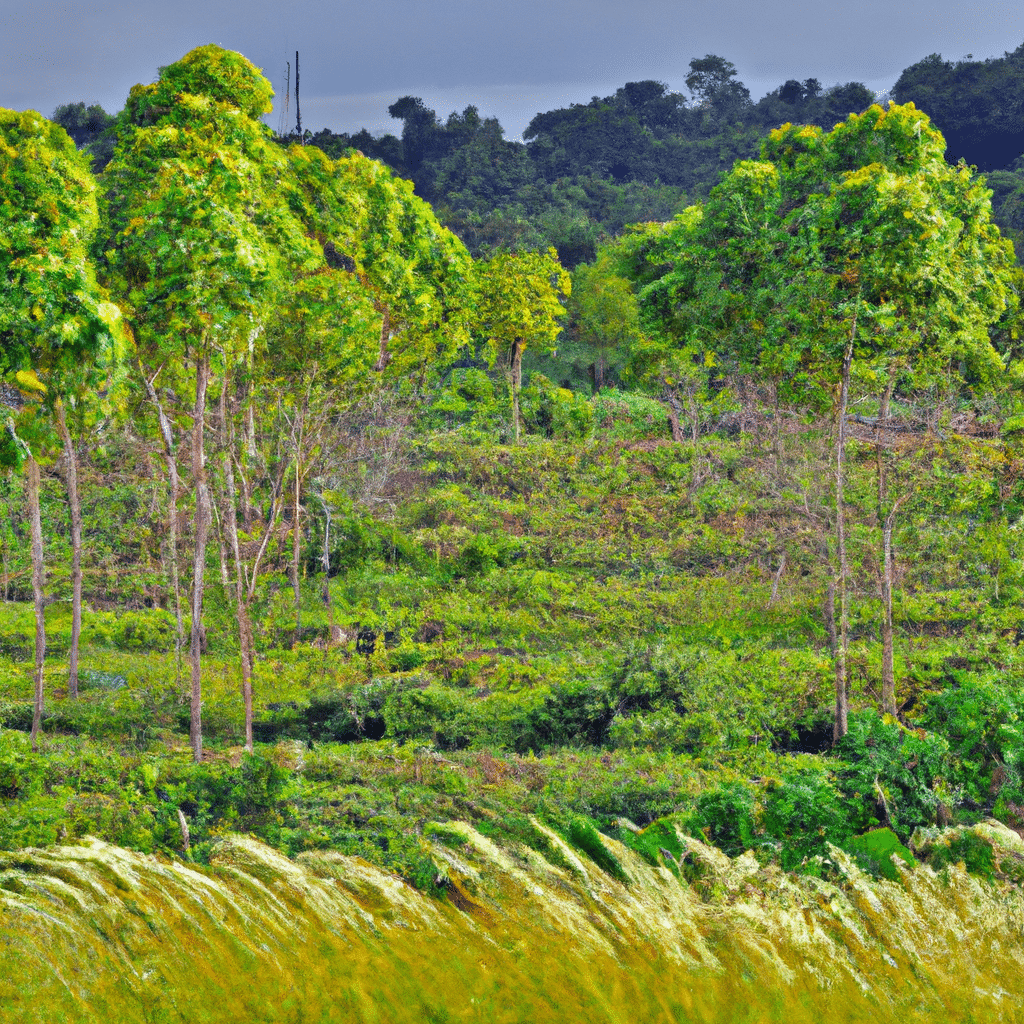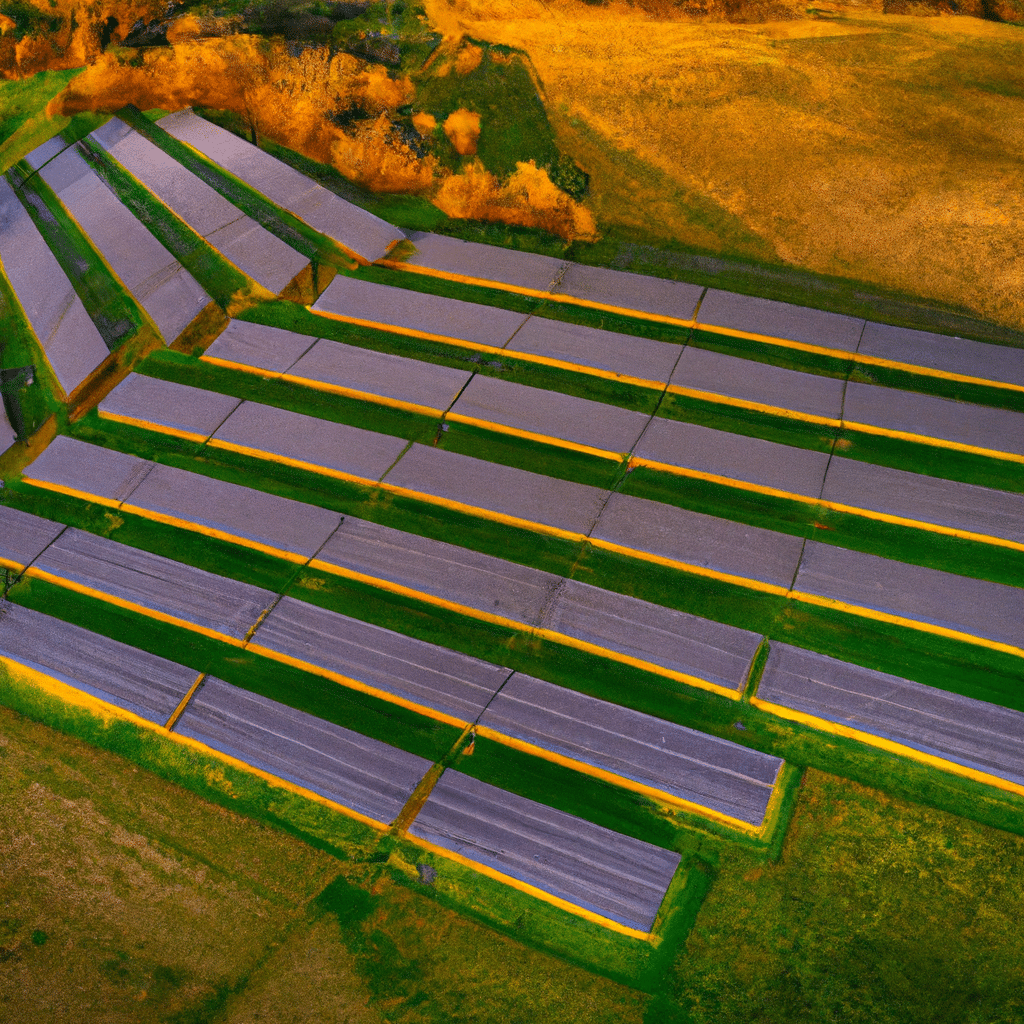In recent years, the effects of climate change have become more apparent than ever. Rising temperatures, extreme weather events, and dwindling natural resources have all contributed to the need for innovative solutions in various industries, including agriculture. As traditional farming methods face challenges posed by climate change, one approach that has gained significant attention is vertical farming. In this article, we will explore the unexpected benefits of vertical farming and how it can help mitigate the impact of climate change on agriculture.
Understanding Vertical Farming
Vertical farming is a revolutionary agricultural practice that involves growing crops in vertically stacked layers, often in controlled indoor environments. This method utilizes advanced technology, such as hydroponics, aeroponics, and artificial lighting, to create optimal growing conditions for plants. By maximizing space and resources, vertical farming offers a sustainable and efficient alternative to traditional farming.
Maximizing Space and Resource Efficiency
One of the key advantages of vertical farming is its ability to maximize space utilization. Traditional farming requires vast expanses of land, which is not always readily available or suitable for cultivation. Vertical farms, on the other hand, can be set up in urban areas or even in buildings, making use of otherwise unused spaces. By growing crops vertically, multiple layers of plants can be cultivated within a compact area, significantly increasing the overall crop yield.
Additionally, vertical farming reduces the need for large amounts of water and fertilizers. Through advanced irrigation systems, such as drip irrigation or misting, water usage can be minimized while still providing plants with the necessary hydration. Furthermore, the controlled environment in vertical farms allows for precise nutrient delivery, minimizing the use of fertilizers and preventing wastage.
Climate Control and Year-Round Production
Climate change has disrupted traditional farming by altering weather patterns and making them more unpredictable. Extreme heatwaves, droughts, and floods have become more frequent, leading to crop failures and reduced productivity. Vertical farming offers a solution to this problem by providing a controlled environment where temperature, humidity, and lighting can be optimized for each crop.
By utilizing artificial lighting and climate control systems, vertical farms can recreate ideal growing conditions regardless of external weather conditions. This allows for year-round production and a consistent supply of fresh produce, reducing the reliance on seasonal crops and long-distance transportation.
Reduced Carbon Footprint
Transportation is a significant contributor to greenhouse gas emissions, and the global food supply chain often involves long distances between farms and consumers. Vertical farming, with its potential to be situated in urban areas, brings food production closer to the point of consumption. This proximity reduces the need for extensive transportation, thereby lowering carbon emissions associated with food distribution.
Furthermore, vertical farming can operate using renewable energy sources, such as solar panels or wind turbines. By harnessing clean energy, these farms can further reduce their carbon footprint, making them an environmentally friendly alternative to traditional agriculture.
Conclusion
In conclusion, vertical farming represents a sustainable and innovative approach to agriculture that can help address the challenges posed by climate change. By maximizing space utilization, optimizing resource efficiency, and providing a controlled environment, vertical farms offer unexpected benefits that can significantly contribute to food security and environmental sustainability. As we continue to face the consequences of climate change, embracing such innovative solutions becomes crucial for the future of farming. Through the adoption of vertical farming practices, we can create a resilient and sustainable agricultural system that not only adapts to the changing climate but also helps mitigate its impact.
